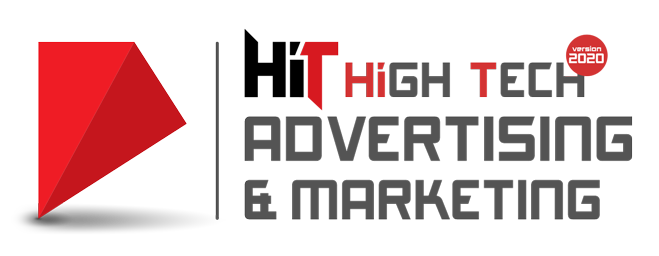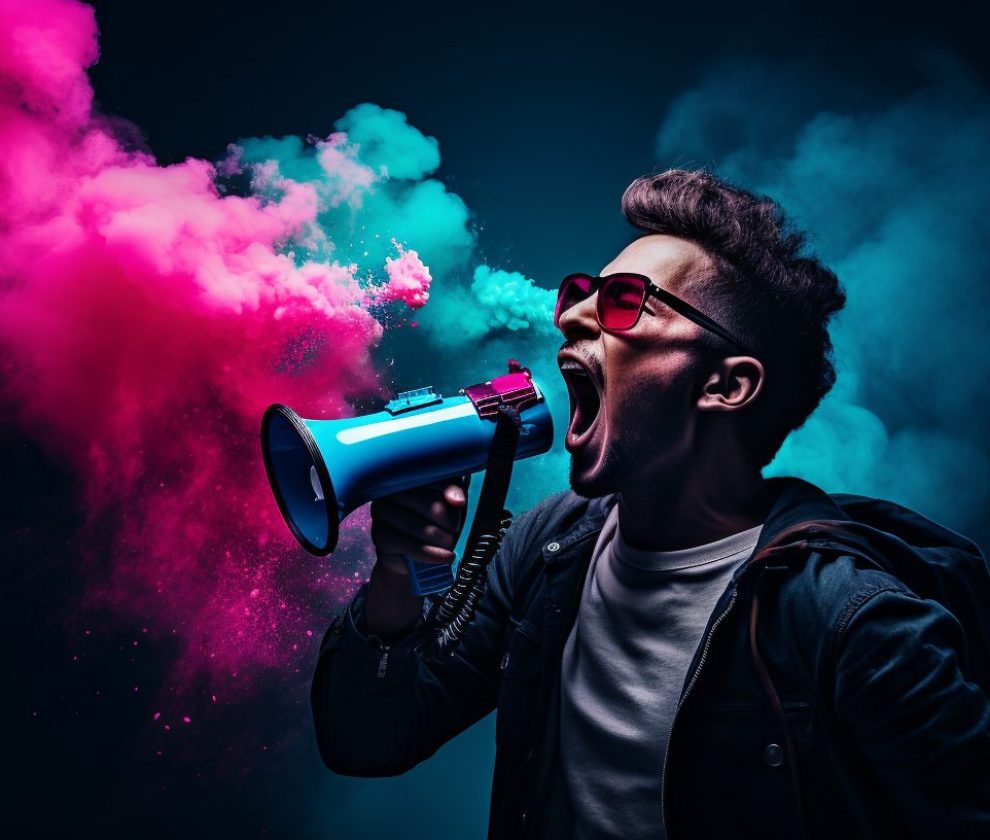Imagine, for a second, walking into a store where everything is gray. The walls, the products, even the staff uniforms—everything, a shade of monochrome. Would you feel engaged or invited? Now, reimagine the same space splashed with intentional colors, creating a vibrant atmosphere.
The power of color is undeniable. In business, especially in branding, color isn’t just about aesthetics. It’s a silent, compelling communicator, setting the stage for how customers perceive and interact with a brand.
Now, why is this hue-filled narrative essential? Well, at HiT | High tech Business Solution, they provide holistic business solutions, understanding the value of each element, including brand coloring. Colors influence emotions, guide decisions, and can even push someone over the edge to click that ‘buy now’ button.
[speaker-mute]Dipping into the Spectrum of Branding
Branding isn’t just about a catchy name or a memorable logo. It’s a full-sensory experience, and colors play a starring role in this production. Consider them the unsung heroes of branding, subtly setting the mood and influencing perceptions.
- What does color symbolize?
- The psychology of hues:
Every shade has a story, an emotion attached. For instance, ever noticed how you feel calm in a room painted blue or hungry when you see red, especially in fast-food chains? It’s not magic; it’s psychology.
- The emotional resonance of tints and shades:
It’s not just about primary colors. Dive deeper. A soft pastel might invoke serenity, while a bold neon screams for attention. How do we choose the right balance? Well, have you ever considered seeking guidance from experts like HiT? Their tailored solutions could bring out the perfect palette for your brand.
- The psychology of hues:
- First Impressions and the color palette
- Why the first glance matters?
Ever heard that we judge a book by its cover? In the digital age, you’ve got mere seconds to make an impression. If your colors clash or don’t represent your brand, you might lose a potential customer before they even read a word. And who wants that? - Crafting magnetic impressions:
Remember, the right color choice is like the perfect outfit—it should both reflect your style and be apt for the occasion. It’s not merely about beauty but strategy. Think of it like chess. Every move, or in this case, color, matters. Need help to strategize? Perhaps, it’s time to reach out to full-service professionals like HiT.
- Why the first glance matters?
Cultivating Business Identity with Colors
Your brand is a unique entity. It has a voice, a mission, and an identity. Think of brand coloring as the visual vocabulary of your brand’s language.
- Defining a brand’s soul through colors
- Picking a palette that resonates:
Would you wear a beach outfit to a formal dinner? Probably not, right? Similarly, a brand’s colors should align with its essence. An eco-friendly brand draped in neon might seem off, but earthy tones? Now, that speaks volumes. - Avoiding mismatches in shade sentiments:
Color mishaps can be like a mistranslation—they might change your brand’s entire narrative. This is where guidance from branding maestros at HiT can illuminate the right path.
- Picking a palette that resonates:
- How do colors set you apart?
- Creating a visual uniqueness:
In a saturated market, standing out is crucial. Your colors can be your spotlight, highlighting your uniqueness. - Making a lasting tinted impression:
It’s not just about catching the eye but leaving a mark. A unique color choice can linger in a customer’s memory, associating that shade with your brand every time they see it.
- Creating a visual uniqueness:
Harnessing the Power of Color for Marketing
Colors don’t just beautify—they sell. They have the power to evoke urgency, create a sense of calm, or even increase appetite. Powerful, right?
- Driving consumer behavior with hues
- Call-to-action shades:
Why are sale signs usually red? Because red screams urgency and attention. Likewise, strategically colored call-to-action buttons can skyrocket conversions. Need more insights on this? HiT has a plethora of strategies up their sleeve. - Instilling trust and loyalty:
Ever noticed banks or insurance firms favoring blue? That’s because blue radiates trust. Similarly, understanding which colors your target audience trusts can make all the difference.
- Call-to-action shades:
- Colors and global perception
- Navigating cultural color connotations:
Red might signify passion in one culture and mourning in another. Global brands need to walk this tightrope, balancing universal appeal with local sentiments. - Universal appeal versus localized charm:
A color loved globally might not resonate locally. It’s essential to find a sweet spot, ensuring brand colors sing the right song, irrespective of geography. And guess what? Teams like those at HiT specialize in crafting such harmonious tunes.
- Navigating cultural color connotations:
The Aftereffects of Brand Color Missteps
Every choice has repercussions. A well-thought-out color strategy can uplift a brand, while a misstep can lead to confusion or even alienation.
- Color confusion and brand image
- Risks of the wrong palette:
Remember the dress that broke the internet, with debates about it being blue-black or gold-white? A brand doesn’t want such color ambiguity. Clarity is king. And achieving it might require a consultative touch from experts, perhaps from firms like HiT? - Rebranding and color shifts:
As times change, brands might need to evolve. But a sudden change can jolt loyal customers. The transition should be as smooth as a well-blended color gradient, taking stakeholders along on the journey.
- Risks of the wrong palette:
Concluding Thoughts on Brand Coloring’s Magnitude
Colors have power—power to evoke, power to represent, and power to sell. Brands, whether budding or established, need to harness this power, crafting a palette that not only beautifies but also benefits. And if ever in doubt, remember, there’s always a team of experts, like those at HiT | High tech Business Solution, waiting to guide you through this chromatic journey.
FAQs:
- How crucial is color psychology in branding?
- Color psychology delves into the emotional and behavioral responses elicited by colors, making it paramount in branding.
- Can a brand change its colors after establishment?
- Absolutely! Brands evolve, and so can their colors, as long as the transition is smooth and purposeful.
- How do global brands navigate cultural color connotations?
- Research and sensitivity towards regional color meanings can help global brands strike a balance between universal and localized appeal.
- What risks do brands face with the wrong color choices?
- Besides aesthetic mismatches, brands risk sending mixed signals, alienating customers, and diluting their message.
- Why do some colors work better for certain industries?
- Colors evoke emotions and meanings. For instance, blue might be favored in finance for its trustworthiness, while green suits eco-friendly initiatives due to its association with nature.
Still pondering the hue route for your brand? Here’s a thought: Why not tap into the vast expertise of HiT? After all, when navigating the vibrant world of branding, a guiding hand can make all the difference! ????







